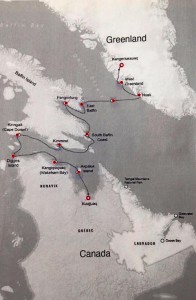A Placemaking Journal
Nuuk: Heart of the Arctic Day 10
 Sunday, July 26, 2015
Sunday, July 26, 2015
We docked in Nuuk, the capital of Greenland, around dawn. We had successfully crossed the Davis Strait, formed 65 million years ago by a rift, thanks to a massive movement in the earth’s crust.
Our landform today was a peninsula, which is what the word “Nuuk” means, or some would say that the word means “the headland.” It’s actually a peninsula on a peninsula, at the mouth of a complex fjord system. Dominant rocks here include gneiss, schist, and basalt.
Nuuk holds all sorts of records. It is the world’s northernmost and smallest capital, with a population of 17,000. It’s Greenland’s oldest municipality, founded in 1728. And it also has the only traffic signals in Greenland — all four of them.
As usual for this expedition, kind and generous Inuit met us as tour guides to show us their city. The coastal heart of Nuuk offered up many delights, including the National Museum, The Katuaq Culture Centre, and the cathedral from 1849. This colonial architecture is not seen much outside of the historic center, where larger scale dominates. However, the colorful buildings are one signature throughout this Arctic city.The most satisfying experience was the ethnography, archeology and art found in the Greenland National Museum’s historic waterfront buildings. This is where the Greenland mummies from long ago are so well preserved, frozen in time in testament to the wintry Arctic air. After our exploration of the eight museum buildings, the nearby Katuaq Culture Centre offered up a delightful café, where locals and tourists congregated for a lazy Sunday of chatting, internet browsing, and very competent cappuccinos hinting of European influence.
As we drove through the light rain, our guides spoke of their close ties to Denmark, and how initially the Inuit were inspired to copy many of the Danish traditions of orderliness and exemplary state-sponsored education. However, by the 1960’s, with the forcible relocation of the semi-nomadic hunter-gatherers, the Inuit realized how much of their culture was at risk, and set out to recapture old traditions. Unfortunately, many of the people were brought in “from the land,” and put into large apartment blocks.
Tuberculosis and other communicative diseases became a problem, along with the social challenges. Many of the Inuit had become Lutheran, but by the 1960’s and 1970’s, were reincorporating their traditions and beliefs, from adding Inuit names to the Christian list to a more northerly world view.
Still today, most of the residences in Nuuk are large apartment buildings, with little mixture of uses, except in the city center. One of our guides pointed out that the city has different districts aimed at different age groups, with college students in one area, newly weds in another area, families in another area, and older people elsewhere. The smallest apartments rent for about $800 USD per month, with a 20-year waiting list.
I wasn’t here long enough to know how precise these anecdotes are, but driving through the districts and walking downtown, it rang true. This monoculture is a challenge here, just as it is in so many places built after World War II. Maybe in part from the rainy Sunday, I saw few pedestrians and cyclists.
As we headed back out to sea, I looked forward to the silence of the wilderness and to crossing the Arctic Circle tomorrow.
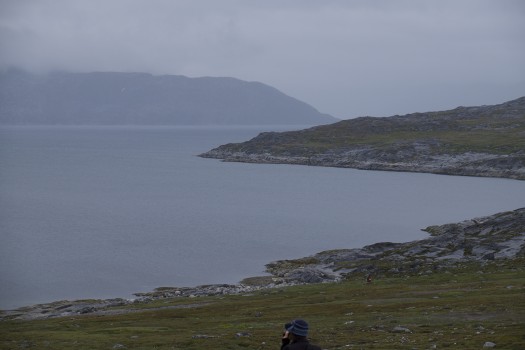
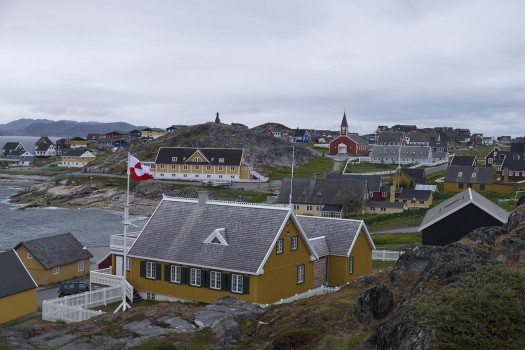
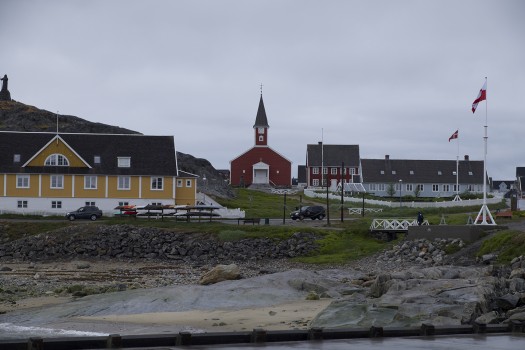
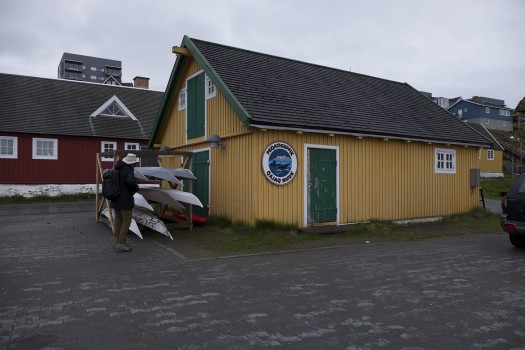
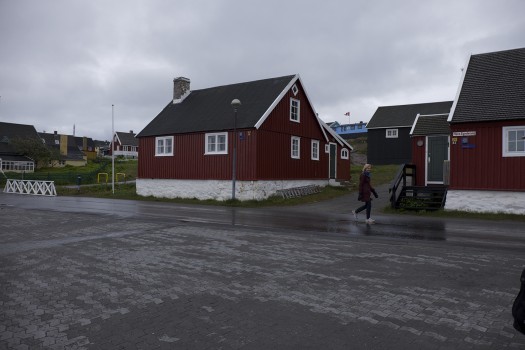
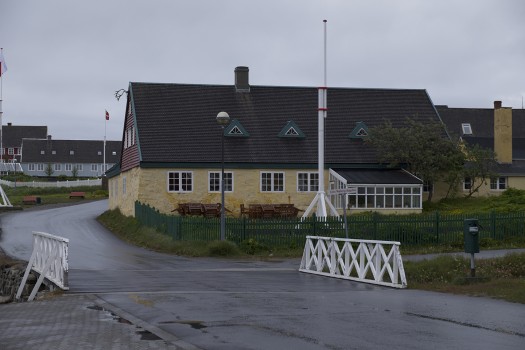
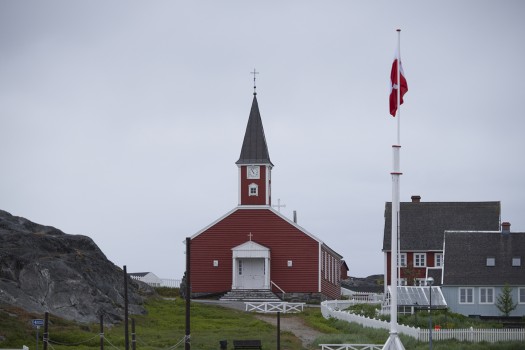
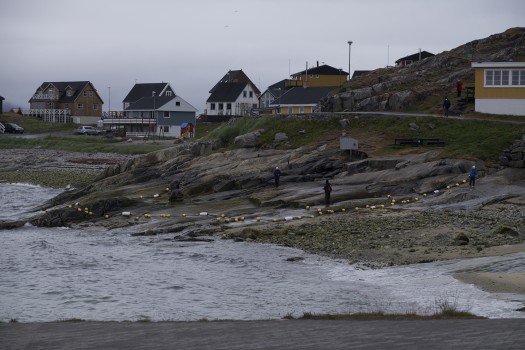
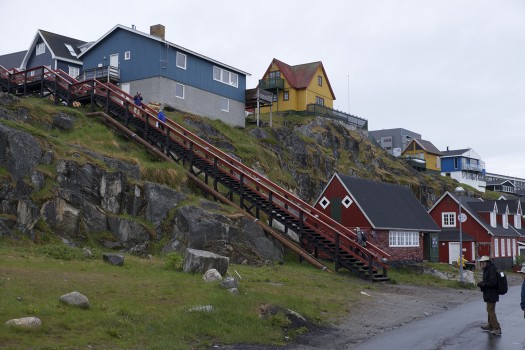
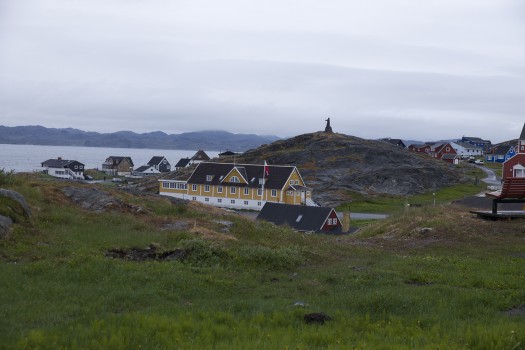
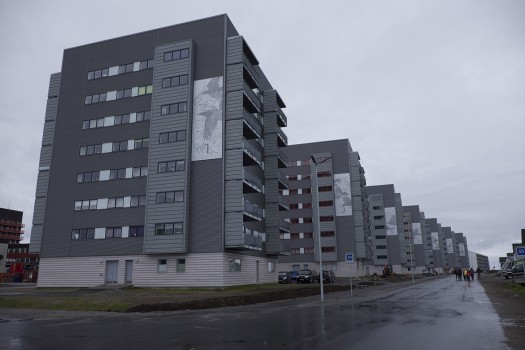
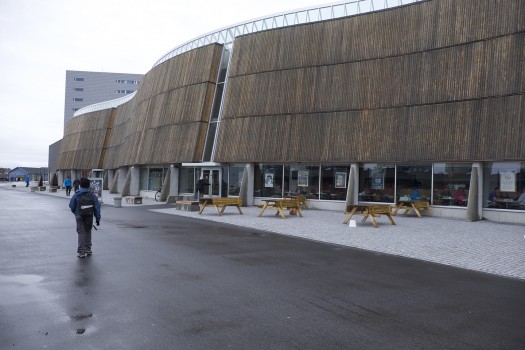
To read the entire Heart of the Arctic series, go here.
If PlaceShakers is our soapbox, our Facebook page is where we step down, grab a drink and enjoy a little conversation. Looking for a heads-up on the latest community-building news and perspective from around the web? Click through and “Like” us and we’ll keep you in the loop.


